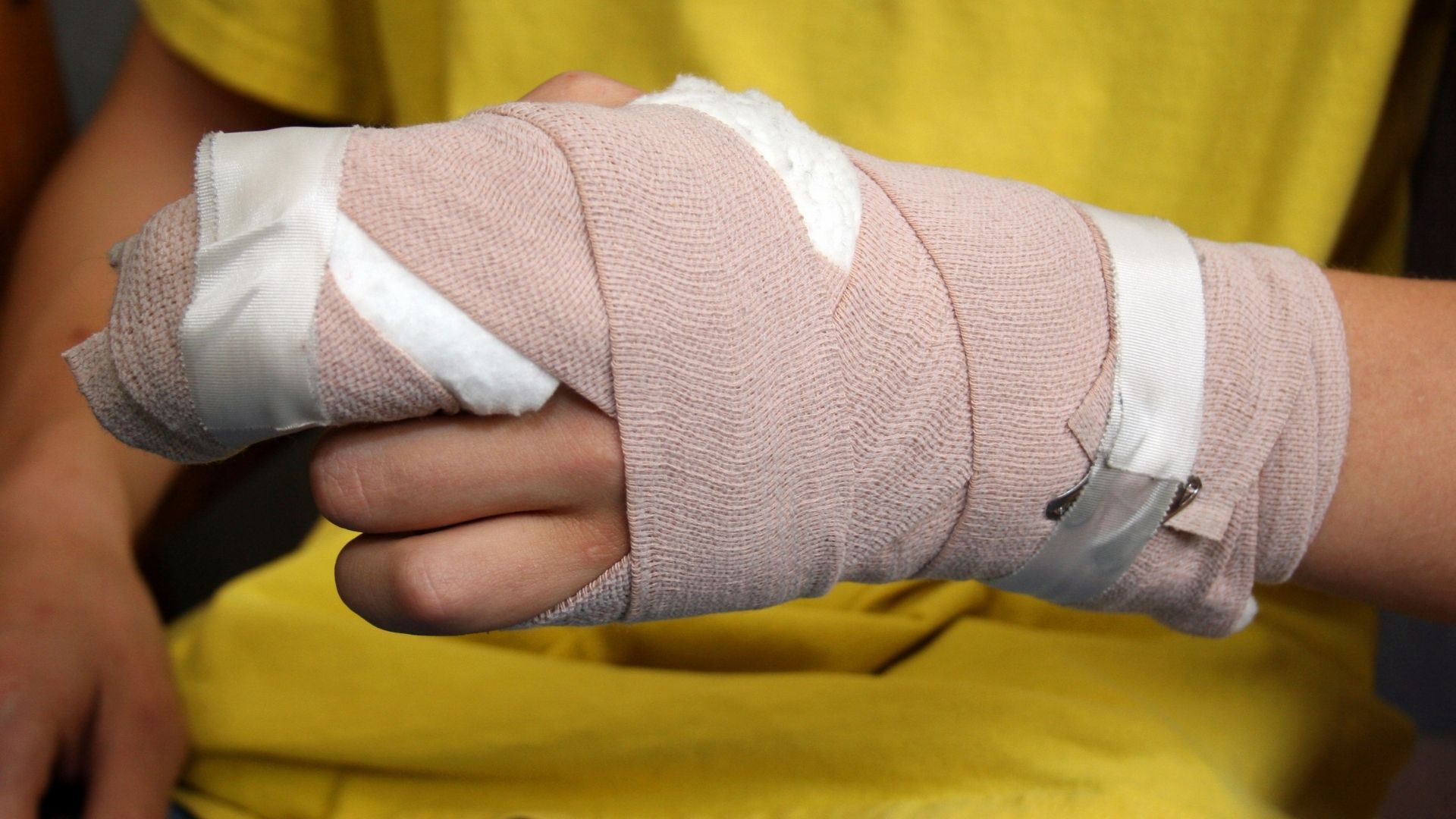Types of Hand Injuries
Intricate in design and function, the hand is an amazing work of anatomic engineering. Form follows function in the hand; therefore, any injury to the underlying structures of the hand carries the potential for serious handicap. To reduce this risk, even the smallest hand injuries require proper medical evaluation.

The goal with injuries to the hand is a rapid and accurate initial evaluation and treatment. In other words, once an injury occurs, the doctor strives to begin medical treatment quickly so the short- and long-term effects on the hand can be minimized.
The hand consists of 27 bones (including the 8 bones of the wrist). When the other associated structures (nerves, arteries, veins, muscles, tendons, ligaments, joint cartilage, and fingernails) are considered, the potential for a variety of injuries exists when trauma involves the hand.
The most common cause of the injuries was blunt trauma, followed by injury from a sharp object.
Hand injuries can be divided into six general categories:
- lacerations (cuts),
- fractures and dislocations,
- soft tissue injuries and amputations,
- infections,
- burns
- high pressure injuries (grease and paint guns).
Injuries to the hand causing the following symptoms generally require emergency medical attention at a hospital’s emergency department.
- Severe bleeding
- Numbness
- Loss of motion or strength
- Severe pain
- Obvious deformity or amputation
- Any of the signs of infection, such as tenderness, local warmth, redness, swelling, pus, or fever
- Exposure of underlying structures, such as tendons, bones, joints, arteries, veins, or nerves
